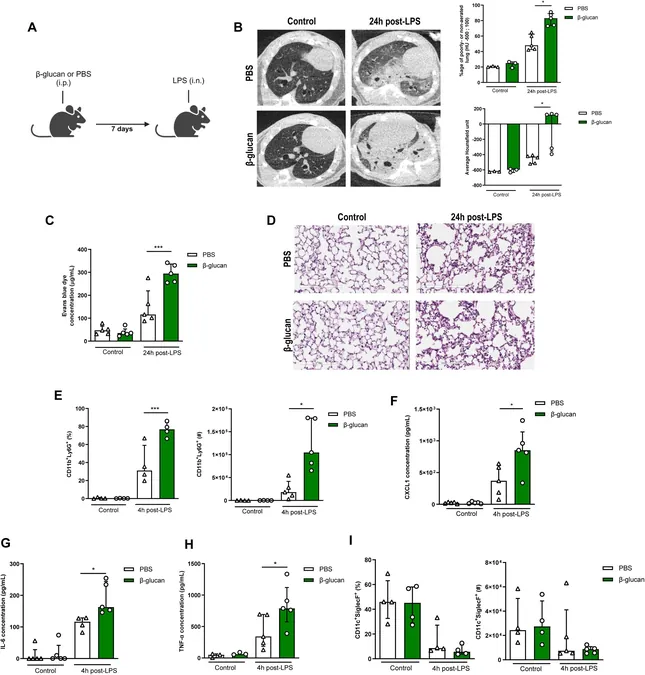
Revolutionary Origami Paper Sensors Set to Transform Infectious Disease Detection – An Affordable Solution at Your Fingertips!
2024-09-19
Author: Rajesh
Revolutionary Origami Paper Sensors Set to Transform Infectious Disease Detection – An Affordable Solution at Your Fingertips!
Researchers at Cranfield University have unveiled a groundbreaking method to detect biomarkers in wastewater, utilizing origami-paper sensors that can be analyzed with just a mobile phone camera. This innovative, low-cost testing device promises to revolutionize infectious disease tracking and public health responses in the coming years.
In their revealing study titled, “Paper microfluidic sentinel sensor enables rapid and on-site wastewater surveillance in community settings,” which was published in the journal Cell Reports Physical Science, experts from Cranfield collaborated with scientists from the University of Glasgow and Zhejiang University, China.
Wastewater Analysis: A Game-Changer in Public Health
The analysis of wastewater is pivotal in monitoring the spread of infectious diseases within communities. By sampling water from various treatment facilities, researchers can gauge which areas are experiencing heightened infection rates. This method gained significant attention during the COVID-19 pandemic, where it was instrumental in directing public health policies based on real-time data.
Professor Zhugen Yang, a leading expert in Biosensing and Environmental Health at Cranfield University, spearheaded the development of these innovative sensors. His earlier work developed a detection system for SARS-CoV-2 and influenza viruses using a paper-based platform combined with a UV torch or mobile phone camera.
Until this point, methods like polymerase chain reaction (PCR) testing have been the gold standard for wastewater analysis, but they require sophisticated laboratory infrastructure, trained personnel, and lengthy processing times – often taking days and significant resources.
Introducing the Origami Revolution!
The cutting-edge origami-based test is not only efficient but also user-friendly. Wastewater samples are applied to a specially designed wax-printed paper which is folded into an origami shape. The paper is treated with chemicals that react to disease markers, resulting in a fluorescent color that can be swiftly analyzed through a mobile phone camera.
Professor Yang’s method was integrated into the national COVID-19 wastewater surveillance initiative, with successful field tests conducted at quarantine hotels around Heathrow Airport during the pandemic. The results were astonishing – the entire process from sampling to analysis took under 90 minutes, compared to the four-hour turnaround time typical of PCR tests, showcasing its efficiency and practicality.
A Major Breakthrough in Public Health Monitoring
Remarkably, the new origami sensors provided results that rivaled the accuracy of conventional PCR testing but at a fraction of the cost. This makes them especially advantageous for underserved areas with limited resources, providing them an early warning system against the spread of infectious diseases.
Professor Yang highlighted the importance of accessible testing, stating, “The simple test we have developed costs just £1 and utilizes the widely available camera features of mobile phones. This could be a real game-changer in monitoring disease outbreaks and enhancing public health strategies during future pandemics.”
The innovative device’s significance has gained recognition, being showcased at the London Science Museum as part of the National Wastewater Surveillance Program’s efforts during COVID-19.
Looking Ahead: Potential Future Applications
The future of these origami sensors is promising, with ongoing support from the Leverhulme Trust Research Leadership Scheme and the Biotechnology and Biological Sciences Research Council. These advancements could extend beyond COVID-19, allowing for the monitoring of new virus variants and antimicrobial resistance, further protecting our communities in the battle against infectious diseases.
Get ready to embrace the next generation of public health surveillance, where simple paper tests could dramatically change the way we combat pandemics!


 Brasil (PT)
Brasil (PT)
 Canada (EN)
Canada (EN)
 Chile (ES)
Chile (ES)
 Česko (CS)
Česko (CS)
 대한민국 (KO)
대한민국 (KO)
 España (ES)
España (ES)
 France (FR)
France (FR)
 Hong Kong (EN)
Hong Kong (EN)
 Italia (IT)
Italia (IT)
 日本 (JA)
日本 (JA)
 Magyarország (HU)
Magyarország (HU)
 Norge (NO)
Norge (NO)
 Polska (PL)
Polska (PL)
 Schweiz (DE)
Schweiz (DE)
 Singapore (EN)
Singapore (EN)
 Sverige (SV)
Sverige (SV)
 Suomi (FI)
Suomi (FI)
 Türkiye (TR)
Türkiye (TR)
 الإمارات العربية المتحدة (AR)
الإمارات العربية المتحدة (AR)